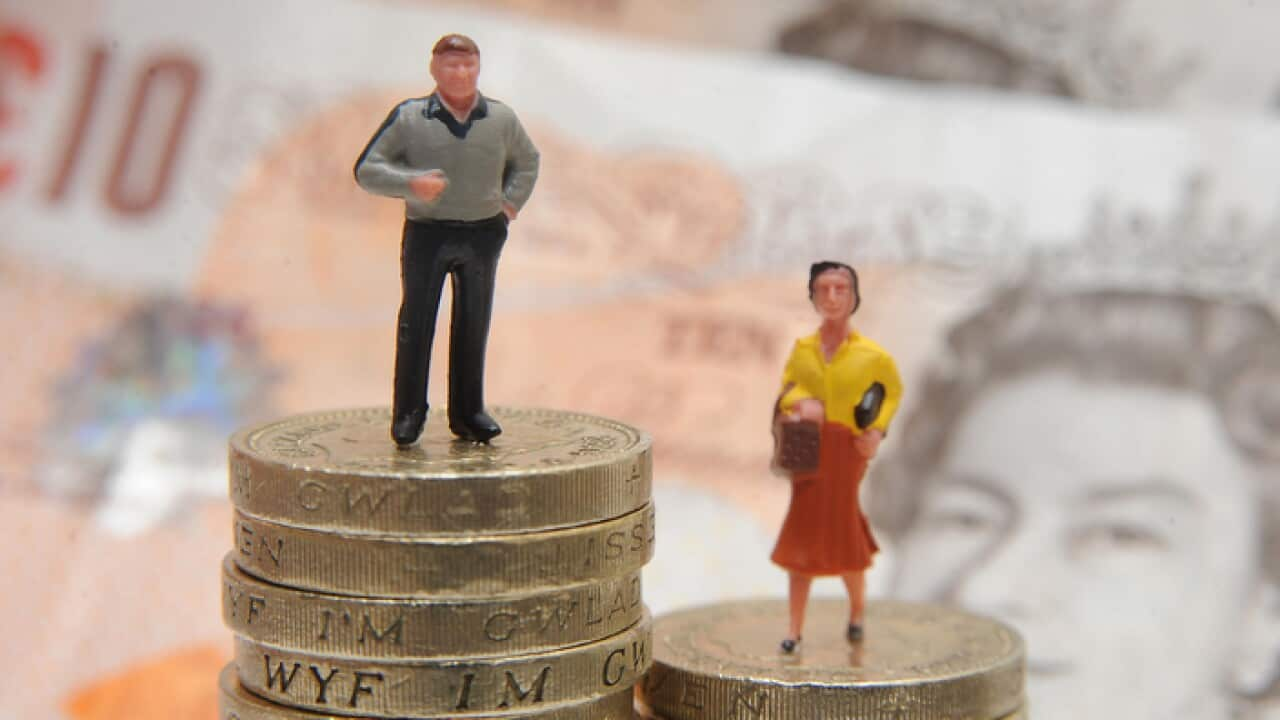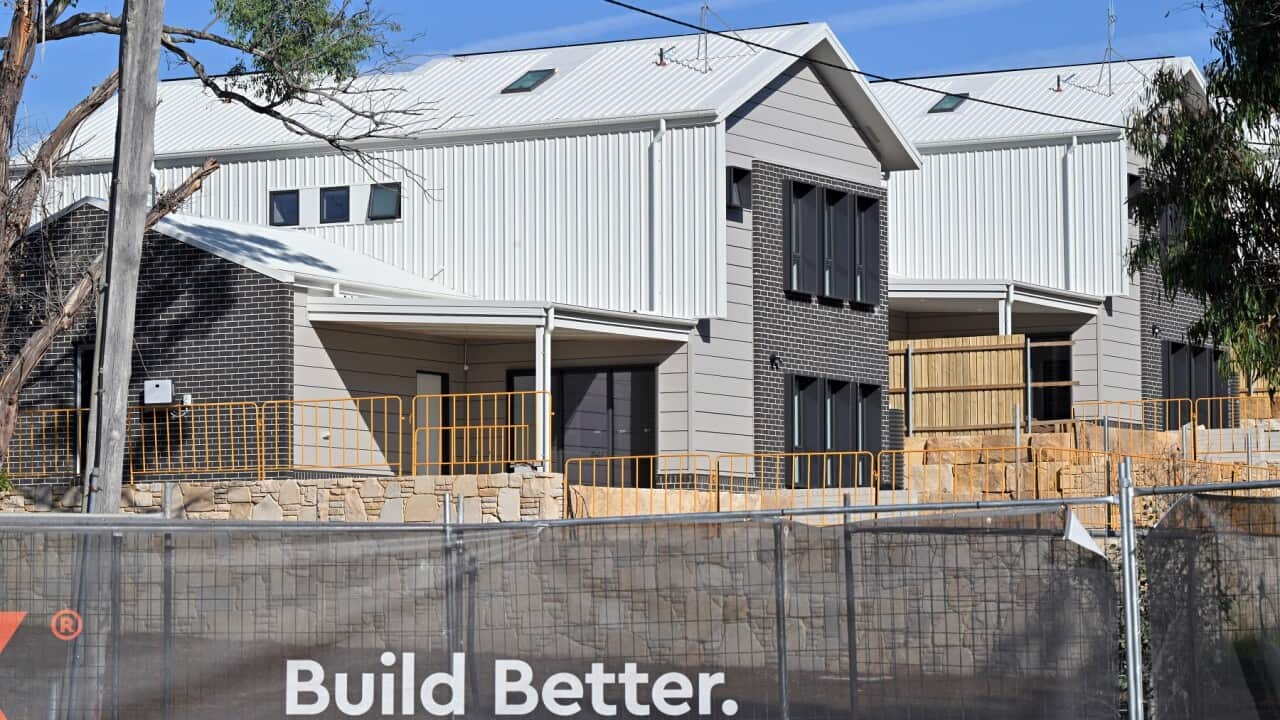English
Financial inequality in Australia has reached its highest level since 2001, and Sydneysiders know it well.
(Voxy 1):"I mean, the prices of the house have gone up, I mean, I'm in the trade at the moment building houses, and all these houses have tripled the prices since like two years ago."
"(Voxy 2): A lot of older people I know, grandparents, they are like own their homes, it's not... All the peole my age just sort of think moving overseas in they want to buy a home, economically, everyone I know is sort of saying there's no point trying to live in Sydney any more."
(Voxy 3):"Everyone has to balance their lifestyle and income and I think, people that get it don't go out and spend $30, $40 a week on avocado on toast, or other things right?"
The latest annual Household, Income and Labour Dynamics in Australia report - known as the HILDA report - has revealed the financial condition of Australian households in 2021 and 2022.
It shows the government's economic support during COVID reduced inequality in 2020.
But by 2022, Australia's Gini Index - the Global Indicator for Inequality - had risen to 0.31, the highest since 2001.
When a country reaches complete equality, its Gini Index is 0.
When it reaches complete inequality, its Gini Index is 1.
Professor Roger Wilkins is the co-director of the HILDA Survey Project.
Wilkins says complex factors affect the rise of inequality.
"We saw incomes at the lower end decrease, which is to be expected given we withdraw all the income support, but perhaps less easy to explain is why the income at the top also grew more strongly, so we had this widening gulf between the well-off and the not well-off people."
The report also shed light on the growing gender inequality when it comes to housework.
It shows that in 2022, men spent the same amount of time on housework as they were in 2002 - just 12.8 hours per week.
Meanwhile, women had to spend much longer time on their paid work, while continuing to bear the major responsibility for unpaid housework.
The results echo the latest data on gender pay gap released this week, which shows that for every dollar a man earns, women only earn 78 cents on average.
Among those most-affected by financial inequality are single parents.
Professor Wilkins says single parents had seen a 76 per cent increase in childcare costs since 2006, while it was just 48 per cent for couple parents.
"Being a single parent has never been easy, what we've seen over the last 20, 25 years is that it's become even harder for single parent family, so relative to the rest of the community, they've fallen further behind, and that's despite the fact that they've increased their employment participation. But it's just the fact they have to do all on their own in many cases, so they are very time-stressed with all these caring responsibilities, plus they increase their paid work, they don't have time to work the number of hours they would need to have an acceptable level of income."
He also says the increasing extreme weather events in the past few years have contributed to the rise of financial inequality in Australia.
"We have 4.5 per cent of all people saying their houses were damaged or destroyed via a weather-related event, like a flood or a storm or a bushfire, and that was the highest we've seen since 2009, in fact it was particularly high in New South Wales and Queensland that have experienced severe floods in that period. In fact we have nine per cent of all people in New South Wales saying their homes were damaged or destroyed by a weather-related event that year."
With the ongoing cost of living crisis in 2023 and 2024, Professor Wilkins expects the next report may see Australians suffer from more financial hardship, but he says it won't all be bad news.
"We are also actually expecting to see some decline in income inequality, so there's some prospect that this extreme high level that we reached in 2022 was somewhat temporary, but that remains somewhat speculative at this stage."
Italian
La disuguaglianza finanziaria in Australia ha raggiunto il livello più alto dal 2001 e gli abitanti di Sydney lo sanno bene.
(Voxy 1):"I mean, the prices of the house have gone up, I mean, I'm in the trade at the moment building houses, and all these houses have tripled the prices since like two years ago."
"(Voxy 2): A lot of older people I know, grandparents, they are like own their homes, it's not... All the peole my age just sort of think moving overseas in they want to buy a home, economically, everyone I know is sort of saying there's no point trying to live in Sydney any more."
(Voxy 3):"Everyone has to balance their lifestyle and income and I think, people that get it don't go out and spend $30, $40 a week on avocado on toast, or other things right?"
L'ultimo rapporto annuale Household, Income and Labour Dynamics in Australia - noto come rapporto HILDA - ha rivelato la condizione finanziaria delle famiglie australiane nel 2021 e 2022.
Il rapporto mostra che il sostegno economico del governo durante il COVID ha ridotto la disuguaglianza nel 2020.
Ma nel 2022, l'indice Gini dell'Australia - l'indicatore globale della disuguaglianza - era salito a 0,31, il valore più alto dal 2001.
Quando un Paese raggiunge la completa uguaglianza, il suo Indice di Gini è pari a 0.
Quando invece raggiunge la completa disuguaglianza, il suo indice di Gini è pari a 1.
Il professor Roger Wilkins è il co-direttore del progetto di indagine HILDA.
Secondo Wilkins fattori complessi influenzano l'aumento della disuguaglianza.
"We saw incomes at the lower end decrease, which is to be expected given we withdraw all the income support, but perhaps less easy to explain is why the income at the top also grew more strongly, so we had this widening gulf between the well-off and the not well-off people."
Il rapporto fa anche luce sulla crescente disuguaglianza di genere quando si tratta di lavori domestici.
Vi si evince che nel 2022 gli uomini hanno dedicato ai lavori domestici la stessa quantità di tempo che dedicavano nel 2002: solo 12,8 ore a settimana.
Nel frattempo, le donne dovranno dedicare molto più tempo al loro lavoro retribuito, pur continuando a sostenere la responsabilità maggiore dei lavori domestici non retribuiti.
I risultati fanno eco agli ultimi dati sul divario retributivo tra i sessi pubblicati questa settimana, che mostrano che per ogni dollaro guadagnato da un uomo, le donne guadagnano in media solo 78 centesimi.
Tra le persone più colpite dalla disuguaglianza finanziaria ci sono i genitori single.
Secondo il professor Wilkins, dal 2006 i genitori single hanno registrato un aumento del 76% dei costi di assistenza all'infanzia, mentre per le coppie di genitori l'aumento è stato solo del 48%.
"Being a single parent has never been easy, what we've seen over the last 20, 25 years is that it's become even harder for single parent family, so relative to the rest of the community, they've fallen further behind, and that's despite the fact that they've increased their employment participation. But it's just the fact they have to do all on their own in many cases, so they are very time-stressed with all these caring responsibilities, plus they increase their paid work, they don't have time to work the number of hours they would need to have an acceptable level of income."
Secondo l'esperto, inoltre, i crescenti eventi meteorologici estremi degli ultimi anni hanno contribuito all'aumento della disuguaglianza finanziaria in Australia.
"We have 4.5 per cent of all people saying their houses were damaged or destroyed via a weather-related event, like a flood or a storm or a bushfire, and that was the highest we've seen since 2009, in fact it was particularly high in New South Wales and Queensland that have experienced severe floods in that period. In fact we have nine per cent of all people in New South Wales saying their homes were damaged or destroyed by a weather-related event that year."
Con la crisi del costo della vita in corso nel 2023 e 2024, il professor Wilkins prevede che il prossimo rapporto potrebbe vedere gli australiani soffrire di maggiori difficoltà finanziarie, ma afferma che non saranno tutte cattive notizie.
"We are also actually expecting to see some decline in income inequality, so there's some prospect that this extreme high level that we reached in 2022 was somewhat temporary, but that remains somewhat speculative at this stage."











